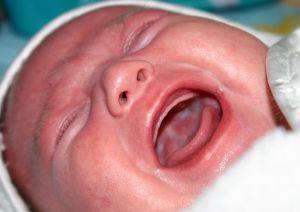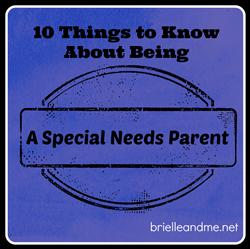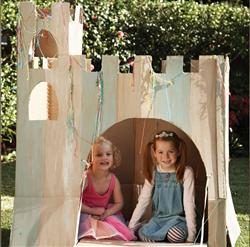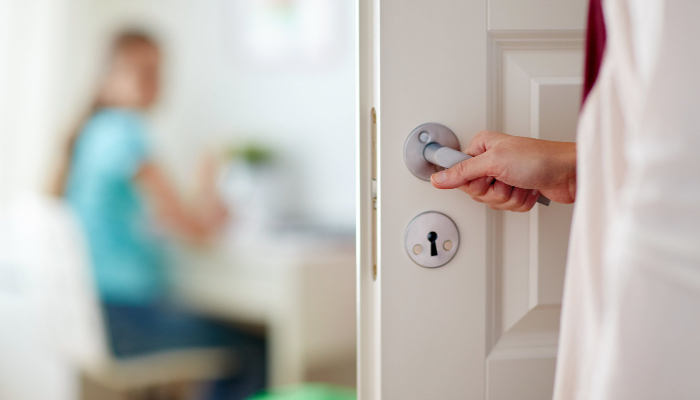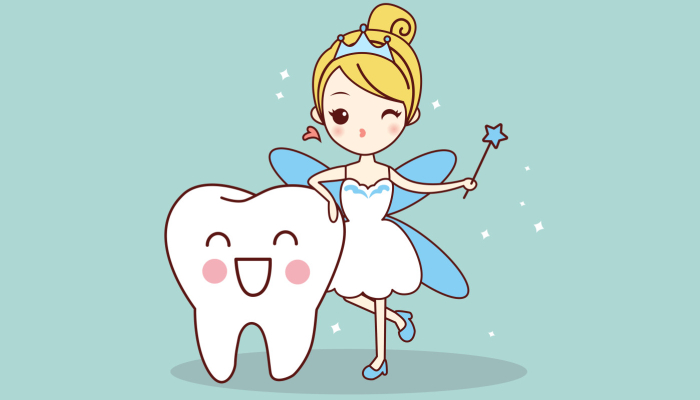Easter Egg Decorating Tradition
By Kelly Melang, author of That Grey Area
Happy Easter! We hope each of you have a beautiful day filled with joy and celebration! Our guest blogger today shares some behind the scenes info on Easter Eggs as well as some decorating ideas that you may want to try with your family. Enjoy!
We’ve rolled them, boiled them, cracked them, and fried them. But when you mention the egg, the first rite of Spring is to immediately think of the Easter Egg. A rite of Spring, the whole tradition of the Easter Egg is pretty amazing, let’s roll with this and hunt down a few goodies.
The whole basis of the Easter Egg feasting came from the Christian practice to abstain from meat products during the 40 days of Lent. Of course, the hens continued to produce eggs, which meant at the end of Lent there was an abundance of eggs.
The practice of easter egg decorating tradition is not just Christian culture, tracing back to ancient civilizations, (Egyptian, Persian) where the egg symbolized rebirth or life. In Christian culture, the egg represents the rebirth or resurrection of Christ, making it a large symbol of Easter Sunday.
The name Easter, comes from the Anglo-Saxon Goddess, Eostre, who symbolized the rebirth of dawn along with the rebirth of Spring.
 To decorate Easter Eggs was called Pysanka, taken from the Ukranian verb – which meant decorating eggs using a wax resist or batik method. Traditional Ukrainian eggs were decorated with folklore symbols and colors – some raw and some cooked.
To decorate Easter Eggs was called Pysanka, taken from the Ukranian verb – which meant decorating eggs using a wax resist or batik method. Traditional Ukrainian eggs were decorated with folklore symbols and colors – some raw and some cooked.
How do some cultures celebrate the Easter Egg?
In some parts of Europe, scarlet (dyed to represent the blood of Christ) colored eggs are planted in the fields as a symbol of rebirth and to protect the crops from the Spring thunder and hail.
During Medieval times, throwing Easter Eggs was a custom at local churches. The priest would throw a hard boiled egg to a choir boy, who would then relay the eggs between the choir boys. The boy who caught throw number 12 was lucky enough to keep the egg.
In the UK, Pace-egging is a game where competitors roll hard boiled eggs down grassy hills. This can be a very competitive easter egg roll.
In America, the Easter Egg Roll is a tradition of Easter, where children literally roll eggs around on the ground using their hands. The most famous is the White House Easter Egg Roll, first recorded in the Capital in 1872, then moved to the White House lawn in 1878, when officials did not approve of the way children tore up the lawn of the Capital.
White House Easter Egg Rolls included at one time a circus, a petting zoo, antique cars, Broadway shows and giant balloons, starting with President Rutherford and his wife. Using spoons to roll the eggs started in 1974, and in 1981 egg hunt pits were introduced.
The Easter Bunny according to German tradition, introduced to America through immigrants, laid eggs for the children to find. The rabbit was chosen as a symbol of fertility. German traditions of making confections and cakes in the shape of the rabbit could be the precursor to the chocolate bunny.
Finally a few Easter Egg numbers:
The most expensive chocolate egg, made by William Curley chocolatier, sported a hefty 10,000 price tag. The 110 pound egg took three days and seven chocolatiers.
The most expensive diamond studded egg made by Stella cost only $100,000. With 100 half carat diamonds and filled with precious gems, this egg is on display at La Maison du Chocolat in London.
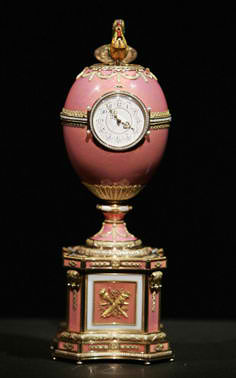 Faberge is best know for decorated eggs. The Russian jeweler made seventy-five eggs between 1885 and 1917. Most were presented to Russian Czars Alexander III and Nicholas II as Easter gifts. The most expensive Faberge egg sold in 2007 at Christies Auction House for 17.4 million dollars. What made this egg expensive, I mean special? Every hour a cockerel made of jewels pops up from the top of the egg, flaps its wings four times and nods its head three times.
Faberge is best know for decorated eggs. The Russian jeweler made seventy-five eggs between 1885 and 1917. Most were presented to Russian Czars Alexander III and Nicholas II as Easter gifts. The most expensive Faberge egg sold in 2007 at Christies Auction House for 17.4 million dollars. What made this egg expensive, I mean special? Every hour a cockerel made of jewels pops up from the top of the egg, flaps its wings four times and nods its head three times.
Chocolate Eggs
The world’s most popular chocolate egg is produced by Cadbury’s from Birmingham. Cadbury’s produces 1.5 million gooey eggs every day during the Easter Season!
43% of children say they eat their first chocolate egg before Easter Sunday. If they do eat their egg on Easter Sunday the average is that it’s gone by 11am
19% of children say they have effectively made themselves sick eating too much chocolate over the Easter Holidays!
Have a wonderful Easter! I hope you and your family find time to participate in the easter egg decorating tradition this Easter!


